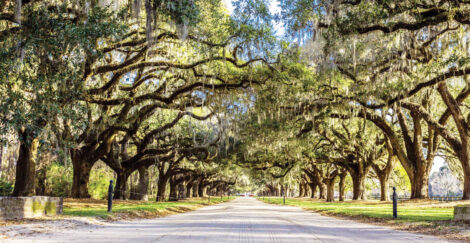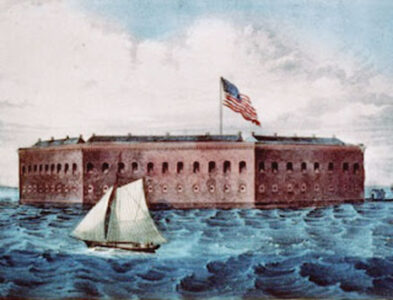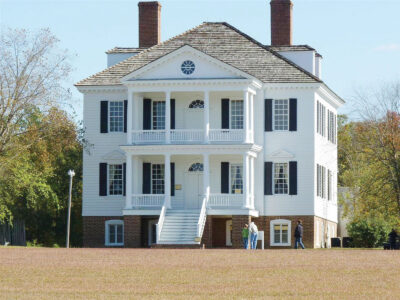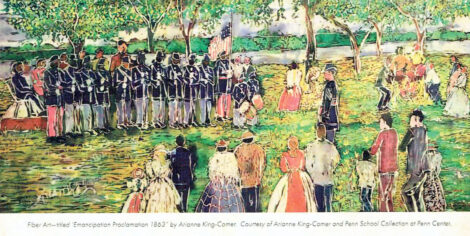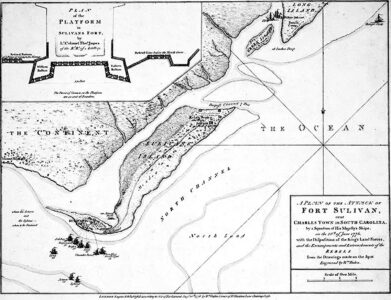Civil War Round Table of the Mid-Ohio Valley readying trip to South Carolina
- Visitors to Boone Hall Plantation & Gardens are welcomed by the Avenue of Oaks featured in “Gone with the Wind.” (Photo Provided)
- Maj. Robert Anderson, fearing for the safety of his garrison, moved his men from Fort Moultrie to Fort Sumter, S.C. The Confederacy perceived this as an act of aggression and demanded Union forces be removed from Charleston harbor. (Photo Provided)
- The new American Revolution Visitors Center and Historic Camden Revolutionary War Site welcome visitors to the small town of Camden, S.C. (Photo Provided)
- The Battle of Cowpens, Jan. 17, 1781, is often recognized as the turning point of the Revolutionary War in the south and led to the events that made the British defeat at Yorktown possible. (Photo Provided)
- Camp Saxton was established in the Fall of 1862 on the John Joyner Smith Plantation on Port Royal Island. (Photo Provided)
- Breach Inlet at the North end of Sullivan’s Island is the site where British forces under Clinton began their attack on Fort Sullivan on June 28-29, 1776. (Photo Provided)

Visitors to Boone Hall Plantation & Gardens are welcomed by the Avenue of Oaks featured in “Gone with the Wind.” (Photo Provided)
MARIETTA — The 2023 South Carolina Heart of the Rebellion Field Trip hosted by the Civil War Round Table of the Mid-Ohio Valley will be held in November.
Significant Revolutionary and Civil War sites in Camden, Charleston, Beaufort and Gaffney in South Carolina are on the itinerary.
The field trip will depart from Marietta and Parkersburg on the morning of Nov. 8 and return on the evening of Nov. 12.
Interpretation during the field trip will be provided by Scott Britton, executive director of The Castle Historic House Museum in Marietta.
No other city in America is as invested as Charleston in English royalty, coastal pirates, transition from colonial settlement to self-governing sovereignty, resistance to the British in the Revolution, as a hub of slavery and the heart of the rebellion in the Civil War.
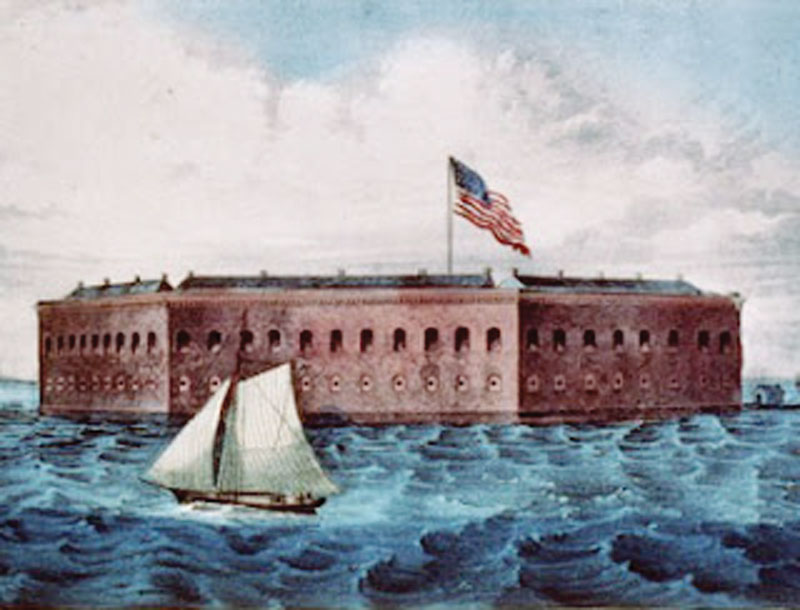
Maj. Robert Anderson, fearing for the safety of his garrison, moved his men from Fort Moultrie to Fort Sumter, S.C. The Confederacy perceived this as an act of aggression and demanded Union forces be removed from Charleston harbor. (Photo Provided)
Camden is the oldest inland city in South Carolina. At the outset of the Revolutionary War, it was the principal trading center of the colony due to its strategic location at the crossroads of two major routes to Savannah and Charleston.
On the way to Beaufort, the field trip will cross the Cumbahee River where Harriet Tubman guided Union steamboats to plantations to rescue more than 3,000 slaves and lead them to freedom.
The Battle of Cowpens near Gaffney, on Jan. 17, 1781, is a turning point of the Revolutionary War.
The field trip final stop will be at the Historic National Cemetery in Salisbury, N.C.
The package includes charter bus transportation, overnight accommodations in Camden, Mt. Pleasants, Beaufort and Spartanburg, customary amenities and complimentary breakfasts at each of the hotels, and admissions and interpretation at each battlefield site and attraction.

The new American Revolution Visitors Center and Historic Camden Revolutionary War Site welcome visitors to the small town of Camden, S.C. (Photo Provided)
Cost is $ 750 per person for shared-double occupancy and $ 995 per person for private accommodations. Registration is limited and will be accepted on a first-come, first-served basis.
Registration may be completed online at www.cwrtmov.org under the “Field Trips” tab or by submitting a request for a Field Trip Registration Form to cwrtmov@gmail.com. A deposit of $100 per guest is required.
Final payments are due Oct. 2. All deposits and payments are fully-refundable.
For more information, contact Leight Murray at cwrtmov@gmail.com or mobile at 740 706 2575.
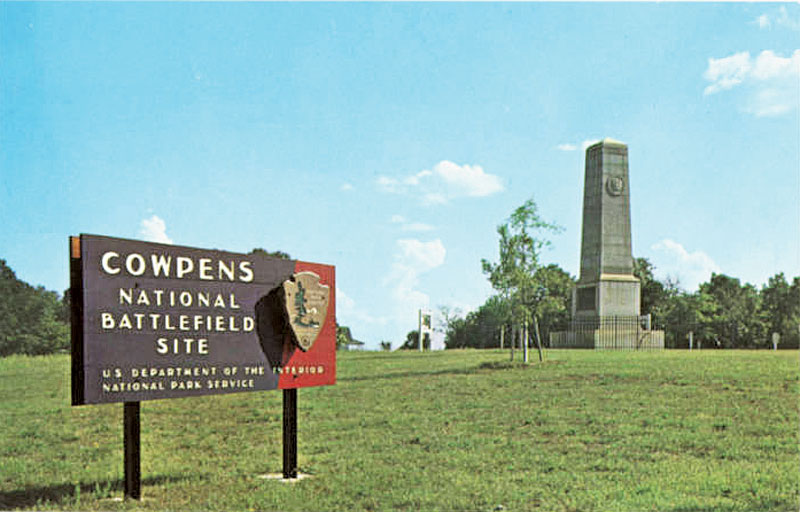
The Battle of Cowpens, Jan. 17, 1781, is often recognized as the turning point of the Revolutionary War in the south and led to the events that made the British defeat at Yorktown possible. (Photo Provided)
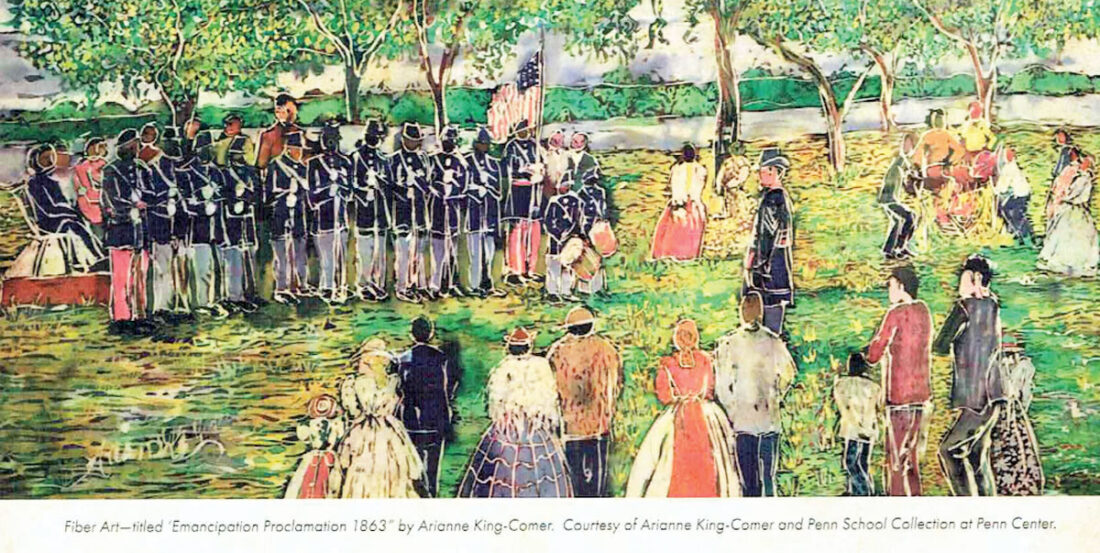
Camp Saxton was established in the Fall of 1862 on the John Joyner Smith Plantation on Port Royal Island. (Photo Provided)
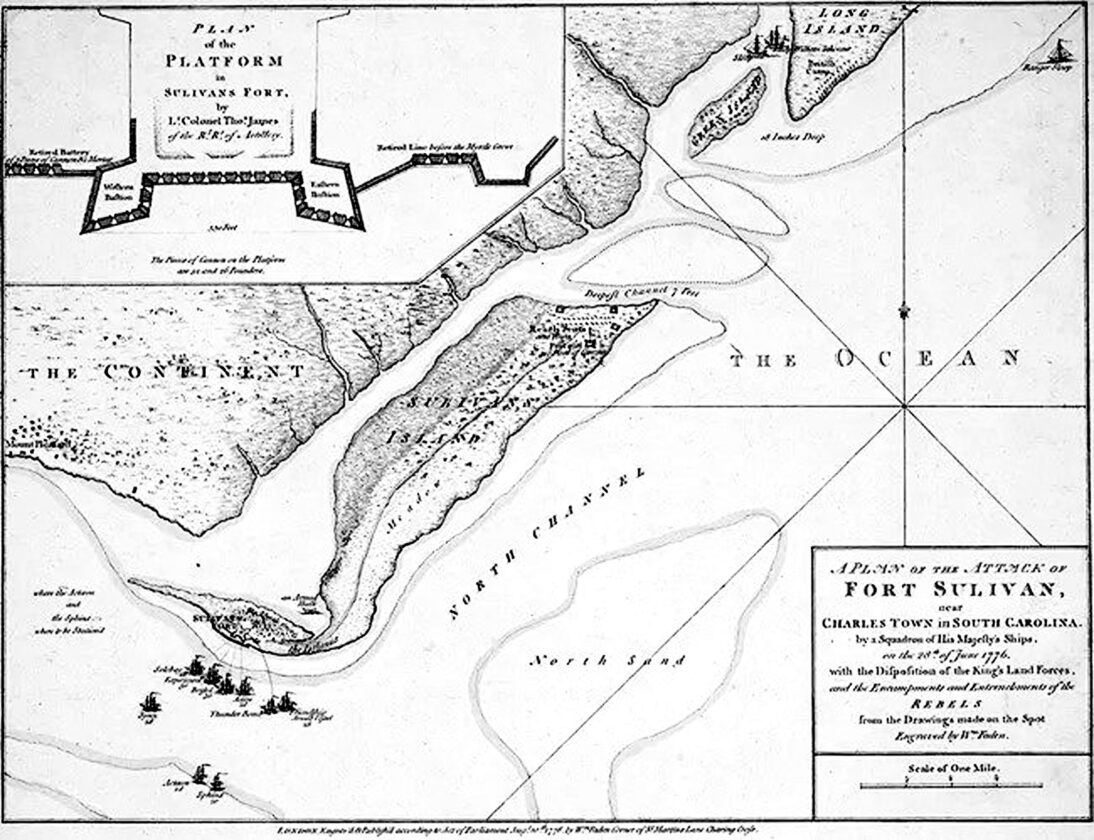
Breach Inlet at the North end of Sullivan’s Island is the site where British forces under Clinton began their attack on Fort Sullivan on June 28-29, 1776. (Photo Provided)

